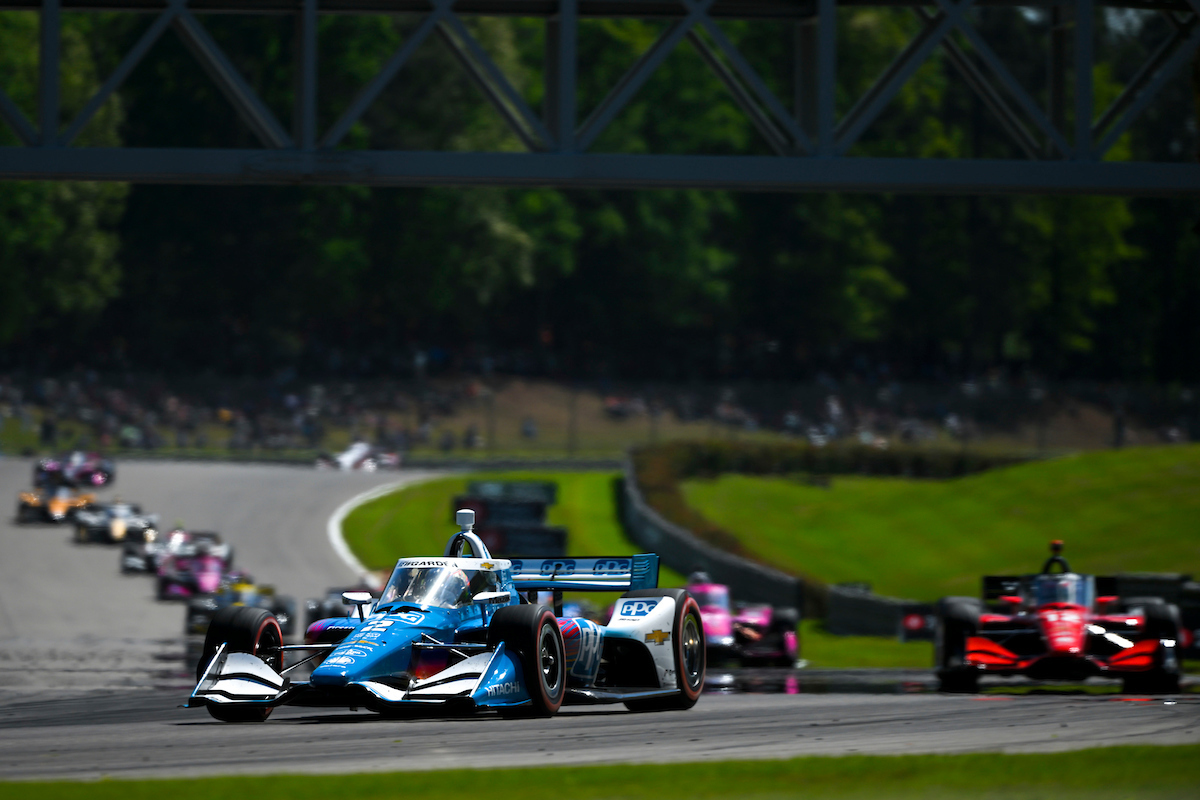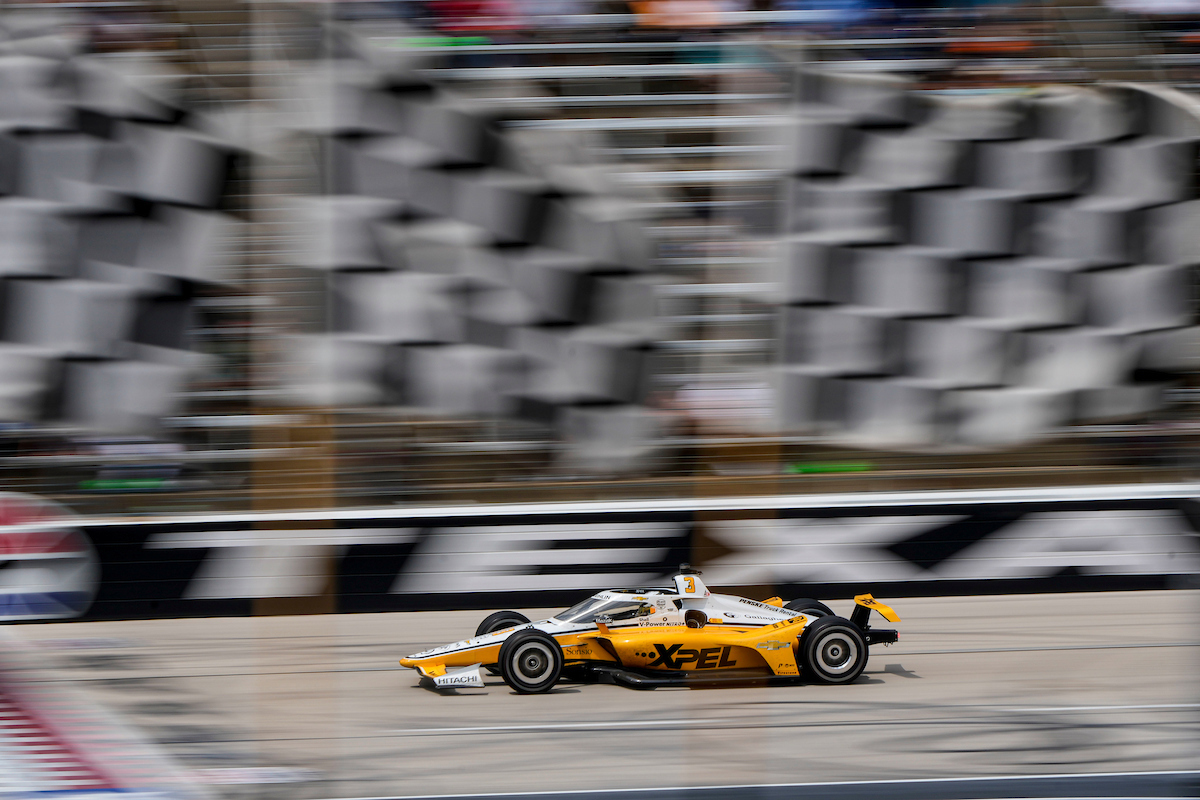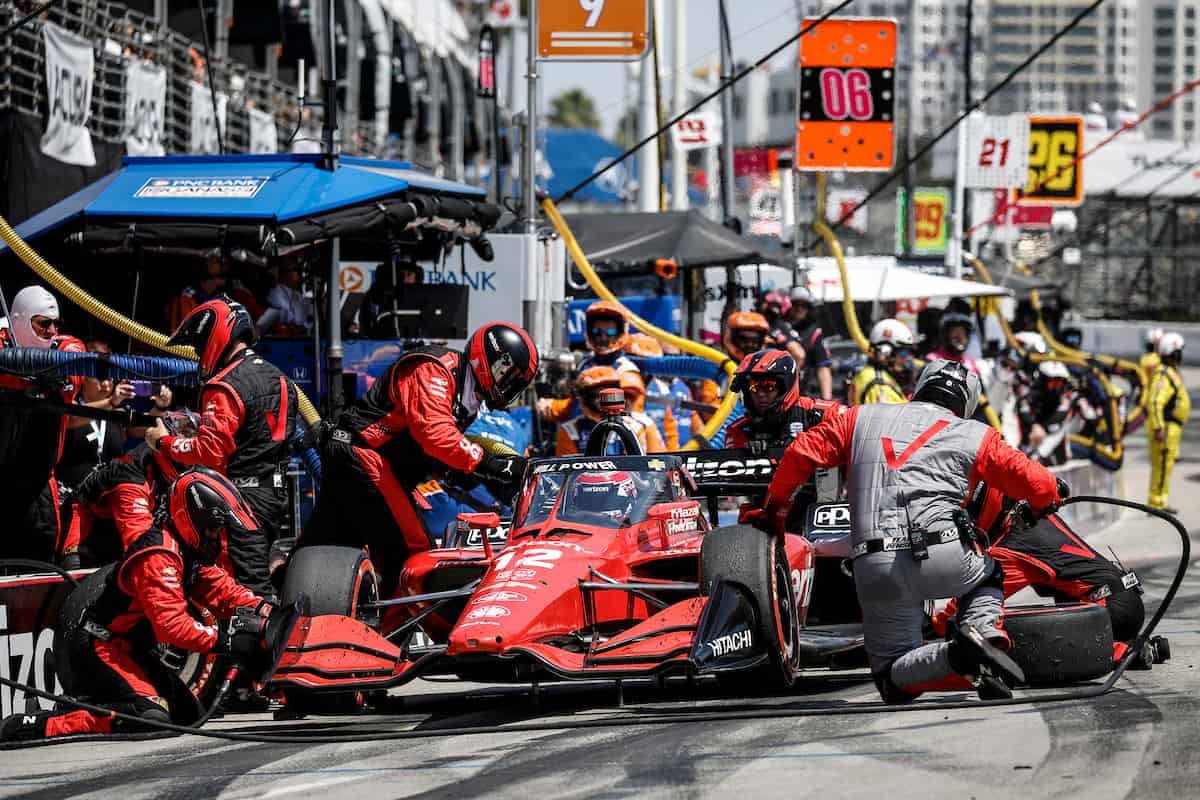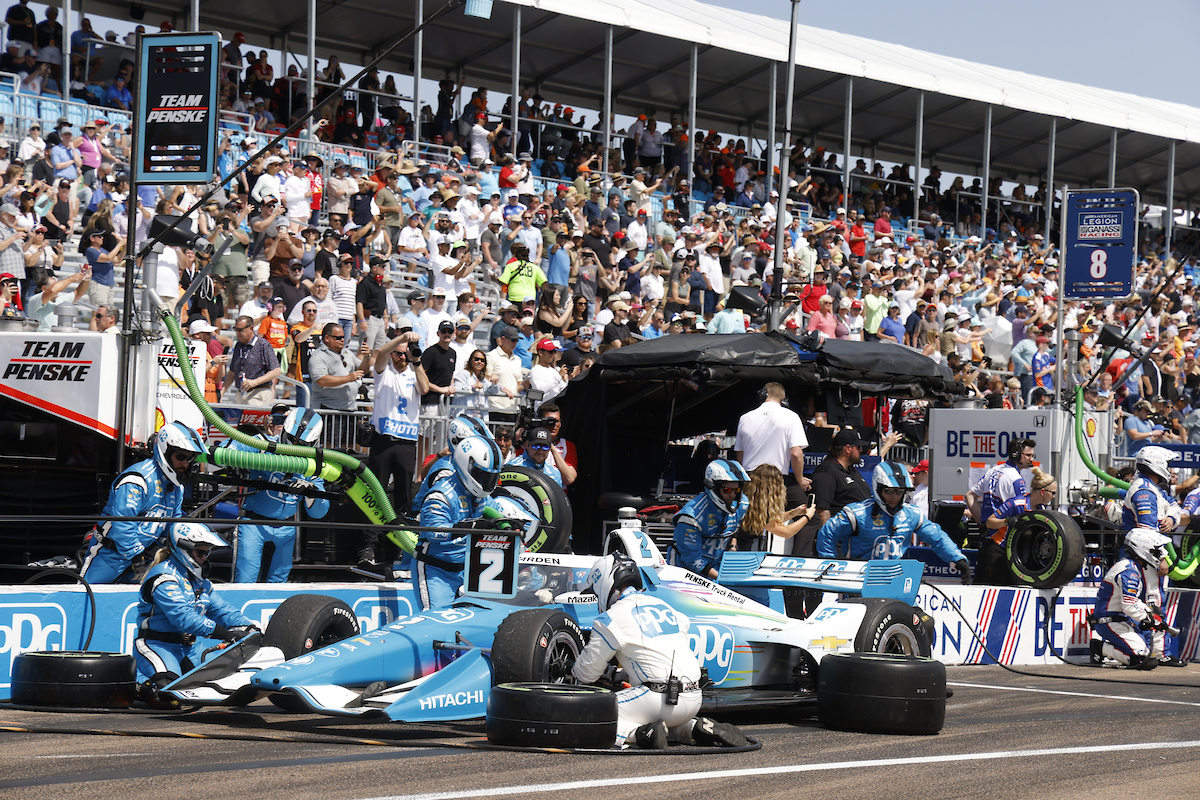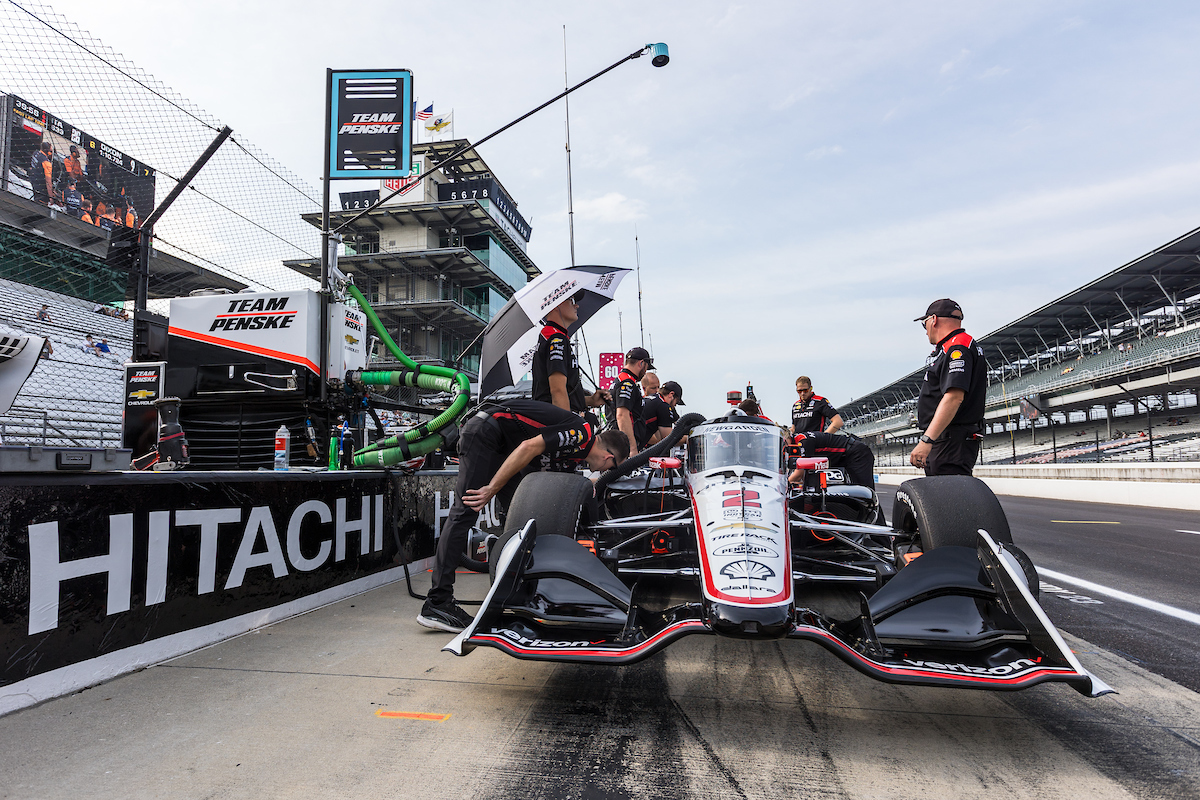What Makes IndyCar Different: An In-Depth Comparison of Motorsports Elite
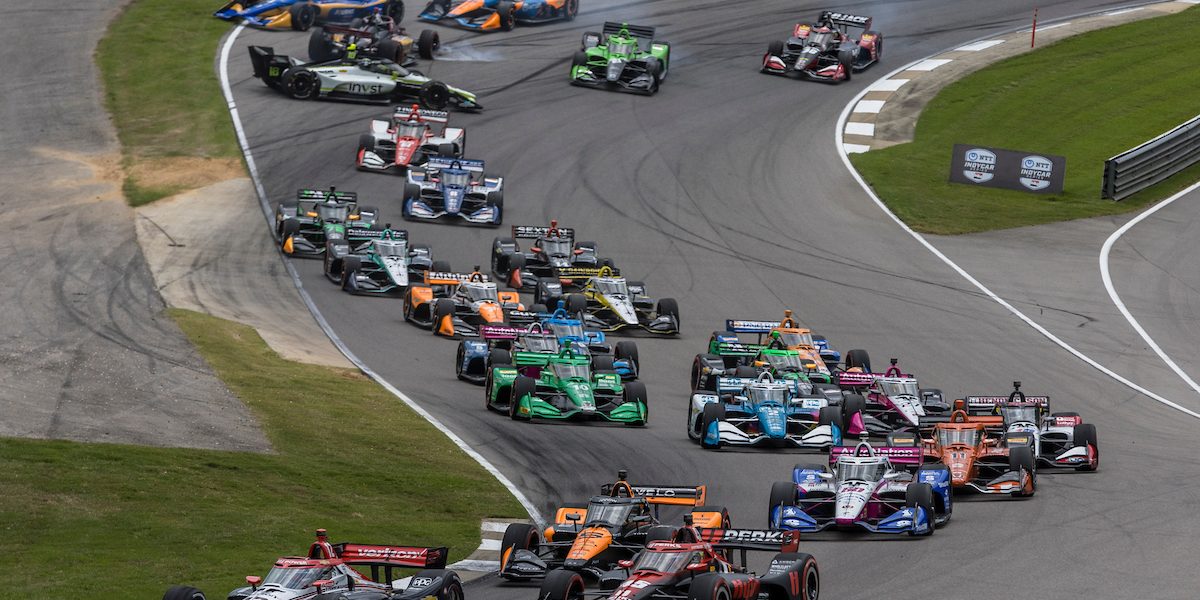
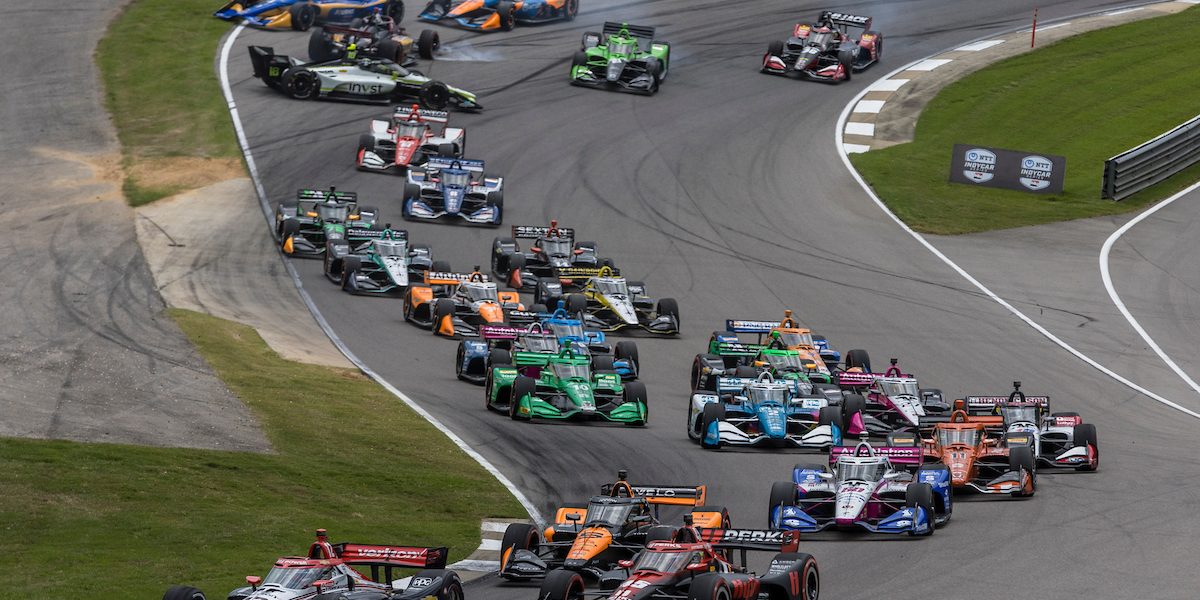
Motorsport enthusiasts often compare IndyCar and Formula 1, as they are two of the premier racing series globally. Each discipline boasts its distinct characteristics, with differences in car design, racing strategies, and even the type of tracks they race on. F1 cars are known for their advanced aerodynamics that facilitate high cornering speeds, as regulations heavily prioritize downforce. Conversely, IndyCars often achieve greater straight-line speeds due to different aerodynamic regulations, which is why they can exceed 240mph, while F1 cars may top out around 205mph.
The technical specifications of the vehicles reveal contrasts in engineering philosophies. F1 machines employ 1.6-litre V6 hybrid engines, focusing on technological advancement and efficiency. On the other hand, IndyCars use 2.2-litre V6 engines without hybrid systems, displaying a preference for traditional, raw power. Drivers in each series face unique challenges, from mastering the complex hybrid power delivery in F1 to conquering the physical demands of steering an IndyCar without power steering assistance.
Tracks also play a pivotal role in differentiating the racing experience. Formula 1 races are predominantly held on purpose-built road courses and occasional street circuits, with intricate turns and varying elevations. IndyCar, in contrast, features a mix that includes not just road and street circuits but also oval tracks, which are rarely seen in F1. These oval tracks accentuate the importance of speed and car setup, creating a diverse racing calendar that tests driver skill across various forms of track layouts.
Table of Contents
History and Evolution in Motorsport
The history and evolution of motorsport are marked by significant developments and events that have shaped the global landscape of competitive car racing.
Origin and Development
The inception of IndyCar racing is deeply rooted in the establishment of the Indianapolis Motor Speedway in 1909. This iconic venue would later host the Indianapolis 500, a cornerstone in motorsport history that began in 1911. IndyCar has evolved from rudimentary early vehicles to incorporate advanced technologies over the years, reflecting shifts in regulations, safety standards, and competitive strategy.
The Formula 1 World Championship, first held in 1950, marked a global expansion of single-seater auto racing. It set the stage for international competition by establishing a series of races, known as Grands Prix, across various countries, thereby fostering a global fanbase and driving technological advancements in the sport.
Key Milestones: Indy 500 and Formula 1 Championship
The Indy 500 has long been a focal point in the history of motorsport. Regarded as part of the Triple Crown of Motorsport, this race has served as a platform for engineering breakthroughs and as a measure of drivers’ skill and bravery. Key milestones include the introduction of the rear-engine layout in the 1960s, which changed the game for vehicle stability and speed.
Formula 1, on the other hand, formalized the concept of a world championship by setting a standard of competition across various nations. It has been a stage for historic moments, including the use of turbocharged engines in the late 1970s and the advent of hybrid power units in 2014, signifying the series’ adaptation to both performance demands and sustainability concerns.
Technical Specifications and Design
The distinctions in technical specifications and design between IndyCar and other top-tier motorsports like Formula 1 are evident in the construction of the cars, the engines that power them, and the aerodynamics that affect their performance.
Comparison of Car Design
IndyCar features the Dallara IR-18 chassis, a standard for all teams, which promotes a focus on driver skill and car setup rather than variations in chassis design. Formula 1, on the other hand, allows teams to develop their own chassis, leading to a range of car designs. IndyCars use an aeroscreen for driver protection, whereas F1 utilizes the halo system. Both safety features serve to shield the cockpit but vary in appearance and structure. In terms of car design, F1 cars emphasize advanced aerodynamics and often feature more aggressive designs for maximum downforce and efficiency.
Engine and Aero Dynamics in Detail
IndyCar exclusively employs 2.2-litre twin-turbocharged V6 engines supplied by Honda and Chevrolet, balancing the competition. Formula 1 cars are powered by a complex hybrid power unit, consisting of a 1.6-litre V6 turbocharged engine combined with energy recovery systems, offered by manufacturers like Mercedes, Ferrari, and Renault.
The aerodynamics of an IndyCar are guided by two aero specifications: one for oval tracks and another for road/street courses. The goal is to achieve the best compromise between straight-line speed and cornering downforce. F1 aero dynamics, conversely, is focused on developing maximum downforce and is regulated by stringent technical regulations, yet allows teams more freedom to innovate within these boundaries.
Racing Formats and Championships
IndyCar and Formula 1 distinguish themselves through distinct racing formats and championship structures. Each series has developed its own traditions that define the competition and the path to be crowned champion.
Diverse Race Formats and Point Systems
In IndyCar, the race formats feature a mix of oval tracks, road, and street courses. The Indianapolis 500, known for its fast nine shootout and last row shootout in qualifying, is a highlight of the oval races—testing drivers’ speed and consistency. On the other hand, Grand Prix races on road and street courses demand technical precision and adaptability. Points in IndyCar are awarded based on finishing positions, with bonus points for pole position, leading a lap, and leading the most laps.
Formula 1’s race weekends traditionally include free practices, qualifying sessions, and the race. Sprint qualifying was introduced to add excitement to select Grand Prix weekends. The point system in F1 also rewards drivers based on finishing position, with additional points awarded for the fastest lap provided the driver finishes in the top 10.
Comparative Analysis of Championship Structures
The IndyCar championship is decided over a season of races, with each race contributing to a driver’s total points tally. The driver with the most points at the end of the season is declared the World Champion. The diverse inclusion of oval races and road and street courses ensures drivers demonstrate a versatile skill set to compete for the title.
Formula 1 operates under a similar points-based system to determine the World Champion. The FIA, motorsport’s governing body, sanctions F1, adding to the prestige of winning the F1 World Championship. Unlike IndyCar, F1 races are exclusively composed of road and street courses, and the championship is seen as a pinnacle in racing—emphasizing not just driver skill but the technological advancements of the cars as well.
Team Strategies and Performance Variables
In top-tier motorsports, strategic decisions and performance variables play significant roles. These include engineering approaches, financial considerations, and on-track operational tactics that directly influence race outcomes.
Engineering Excellence and Team Budgets
Engineering approaches differ markedly between teams, with some having access to advanced technological resources and others working within more modest means. Teams must balance performance with financial realities, considering:
- Budget: A cap on spending can lead to creative solutions to performance problems.
- Manufacturers: Working closely with car manufacturers can provide advantages in developing competitive vehicles.
Engineering excellence is imperative but often comes at a high cost. Wealthier teams invest heavily in aerodynamics, materials, and performance analytics, gaining a competitive edge through continuous development and refinement.
Safety, Pit Stops, and the Role of Refueling
Safety protocols play a pivotal role in races, with safety car periods potentially altering team strategies. Pit stops are crucial moments where races can be won or lost. Considerations include:
- Timing: Selecting the right moment for pit stops can be decisive, especially around safety car deployments.
- Refueling: Although refueling during races has been restricted or eliminated in some series, it remains a key strategic consideration where applicable, especially in endurance racing.
Teams contend with variable fuel loads and tire wear, planning pit strategies that can adapt to emerging race conditions and capitalizing on opportunities presented by safety car periods.
Cultural Impact and Global Viewership
In the sphere of top motorsports, IndyCar distinguishes itself with a combination of competitive racing, high-octane passing maneuvers, and a devoted global audience, reflecting the series’ cultural impact and reach.
Media Coverage and Broadcasting
NBC remains a key player in broadcasting IndyCar races, providing a platform that has led to an increase in TV viewership. Recent figures indicate that the series has been gaining momentum, with the 2023 season averaging 1.403 million viewers per race, marking a steady climb from previous years. The extensive media coverage extends to include not only live events but also digital platforms, meeting fans’ expectations of accessible and engaging content.
Fan Engagement and Popularity
The global fan base of IndyCar is recognized for their enthusiasm for the sport, a sentiment captured by the Motorsport Network’s global fan survey. The survey results highlight that over 80% of fans find IndyCar to be highly competitive. Attributes fans associate with IndyCar include excitement and danger, and teams and drivers alike resonate with audiences worldwide. Additionally, fan engagement is fostered through live experiences and television broadcasts, allowing for a connection between the sport and its viewers that continues to grow and evolve.






